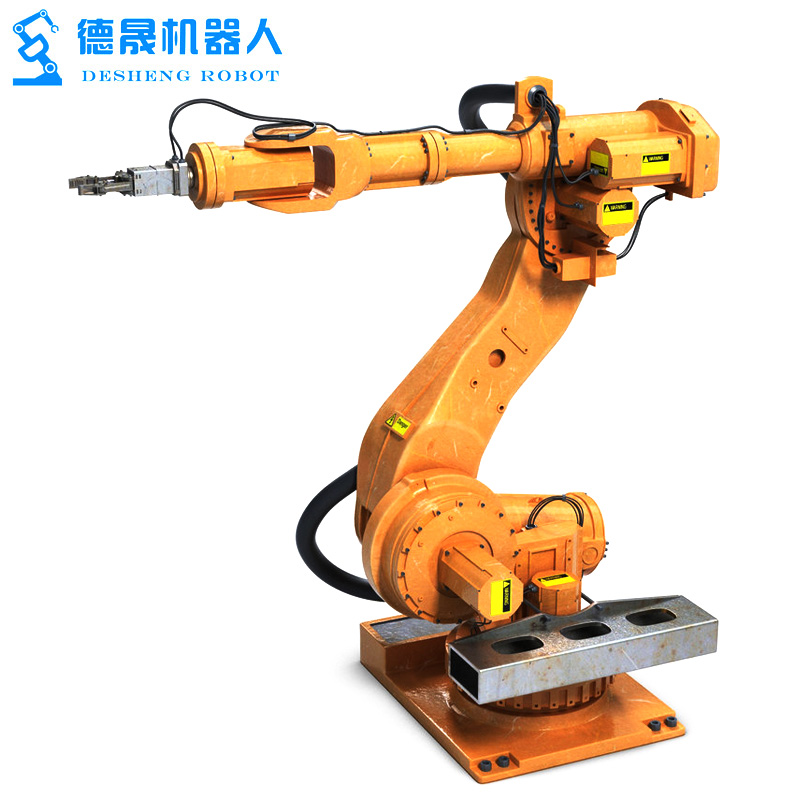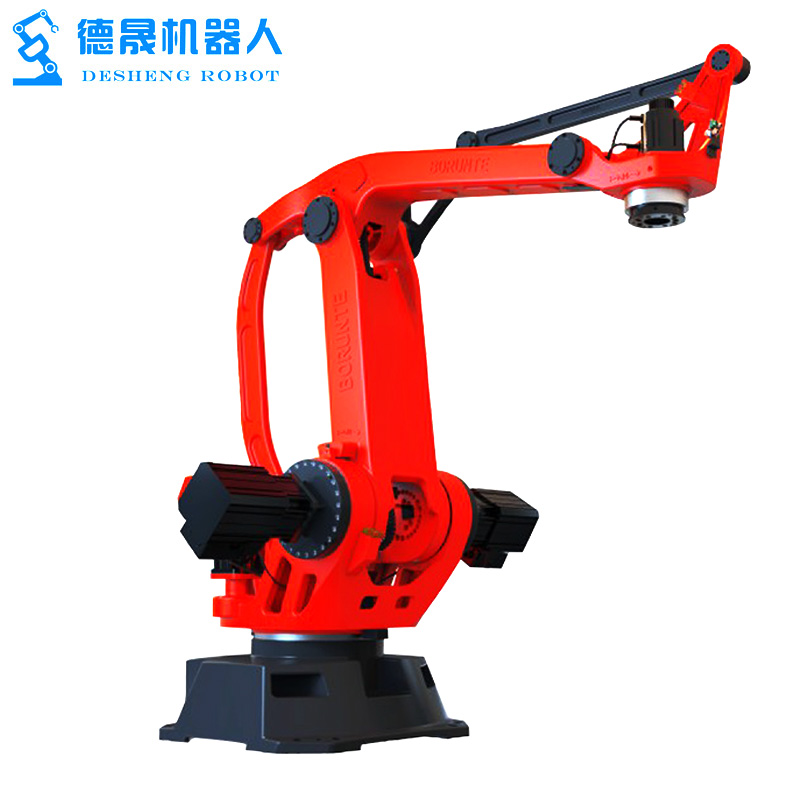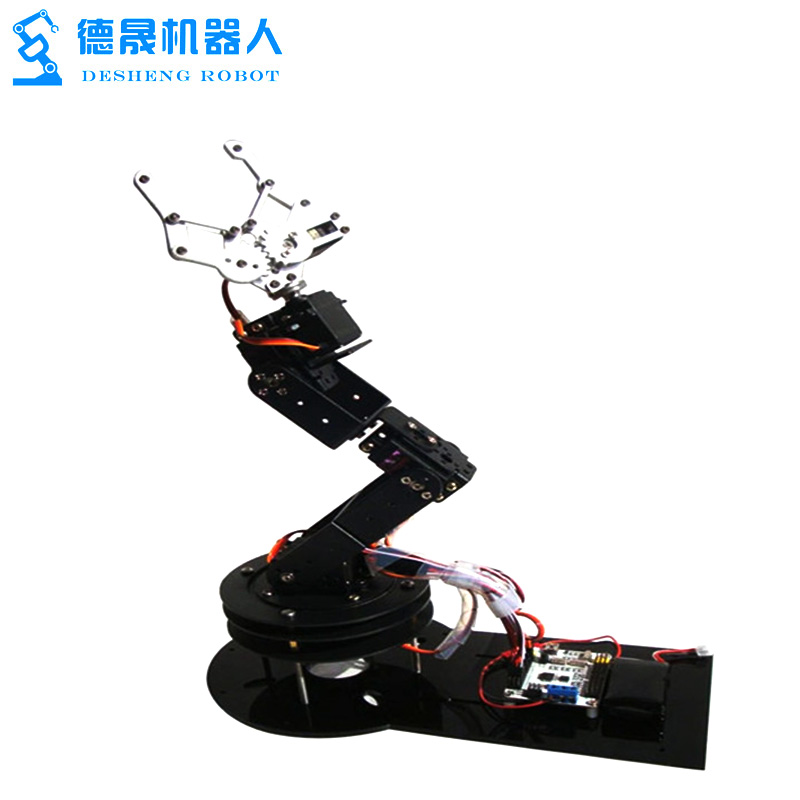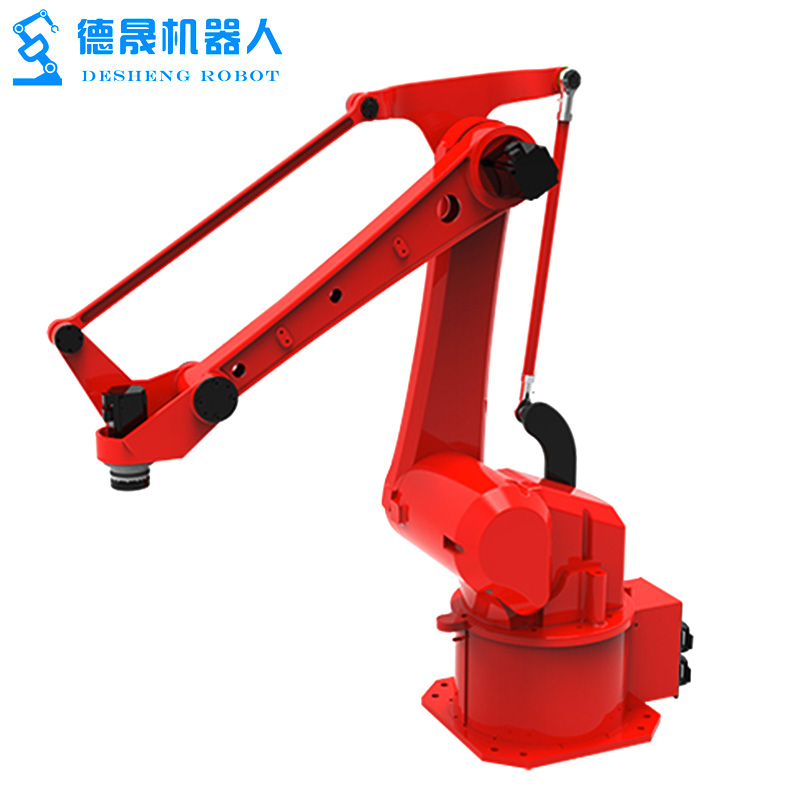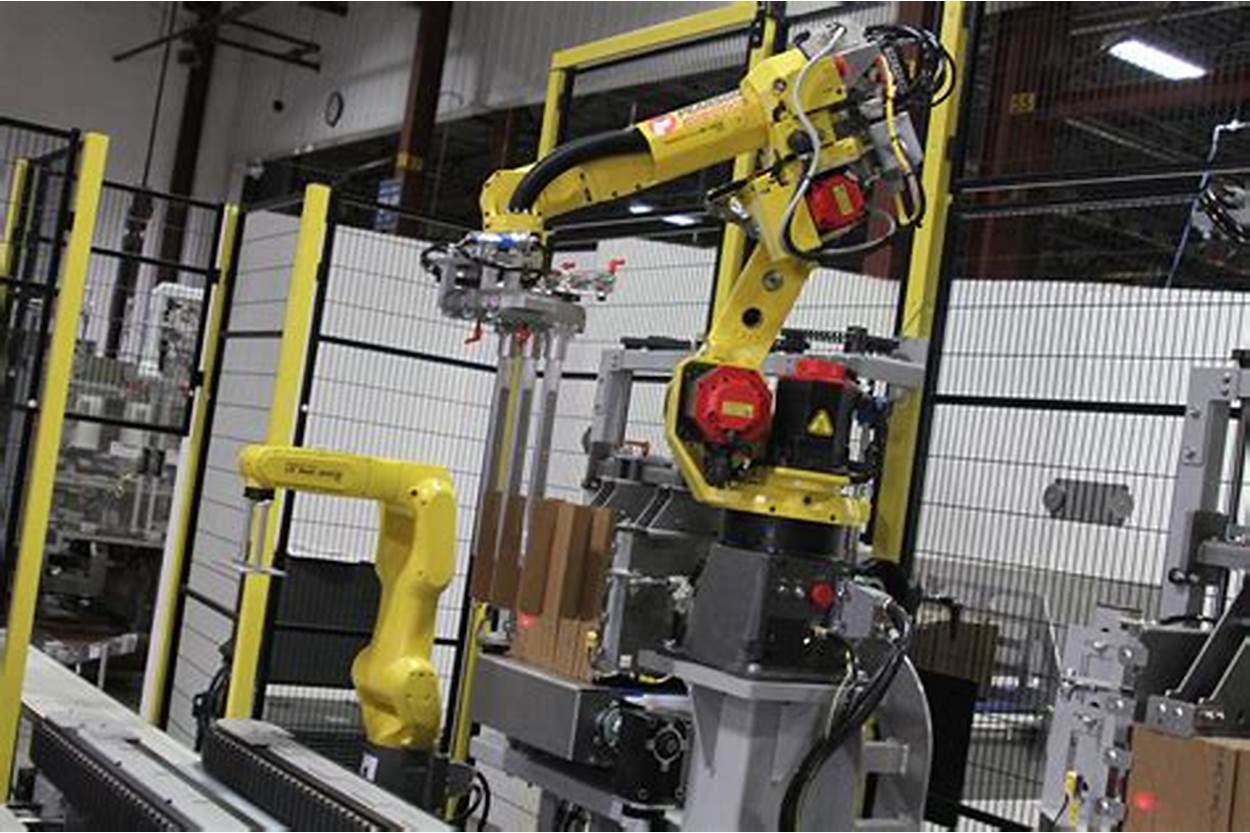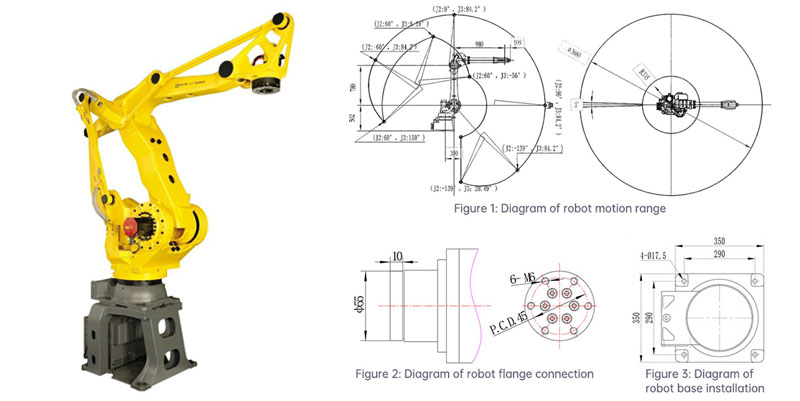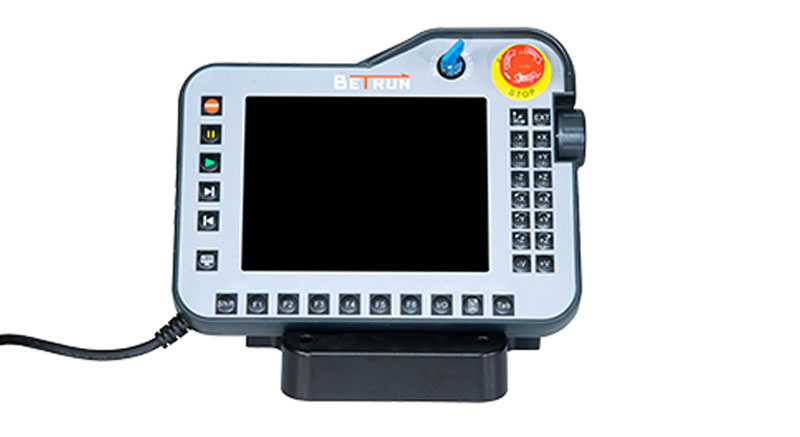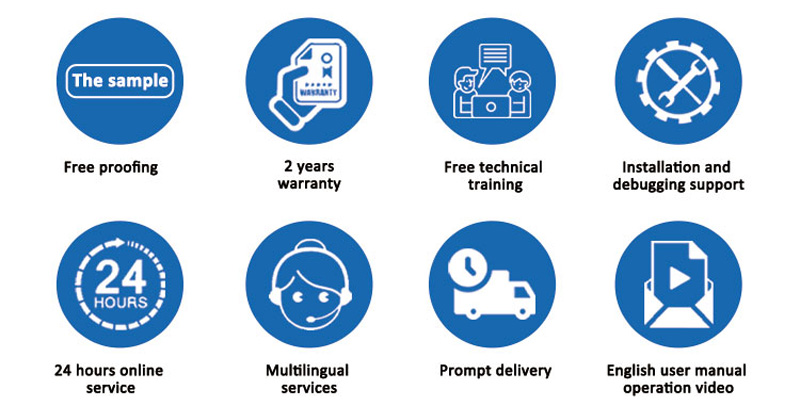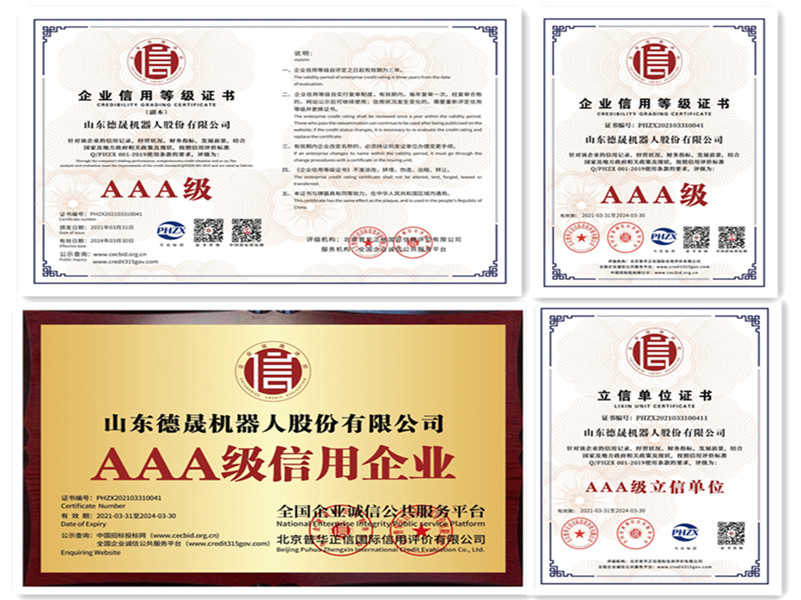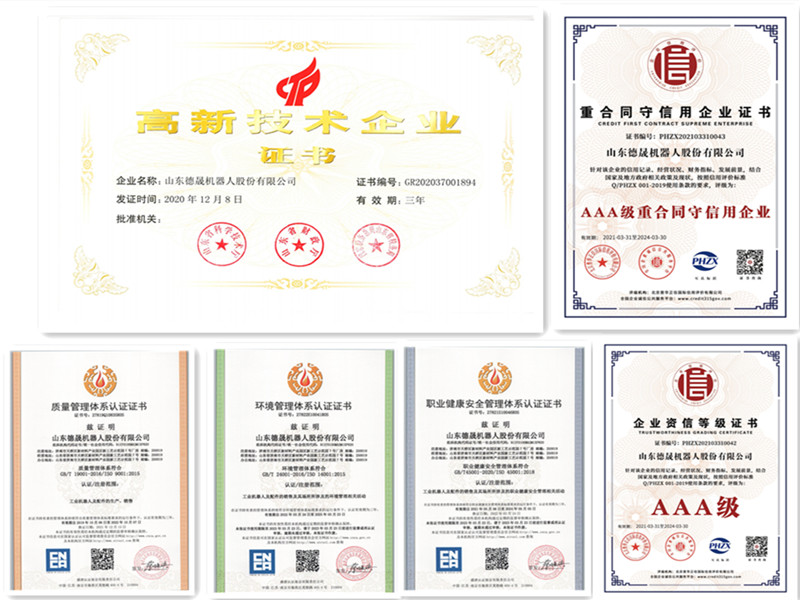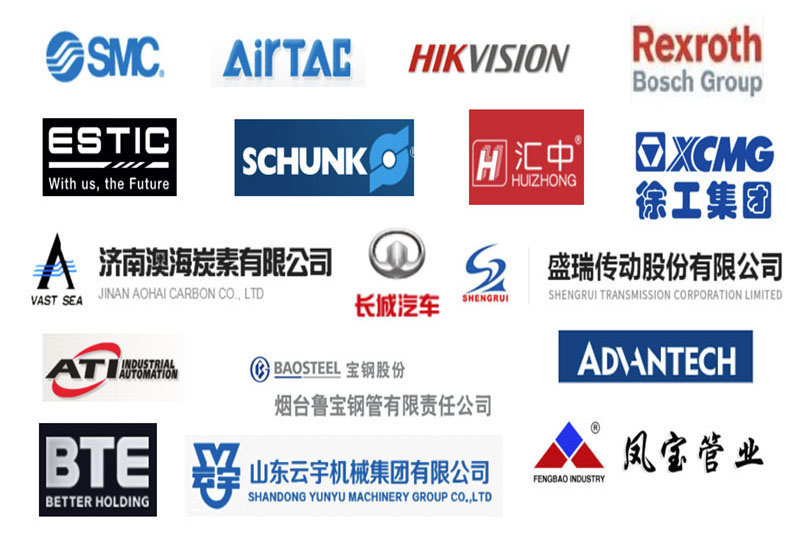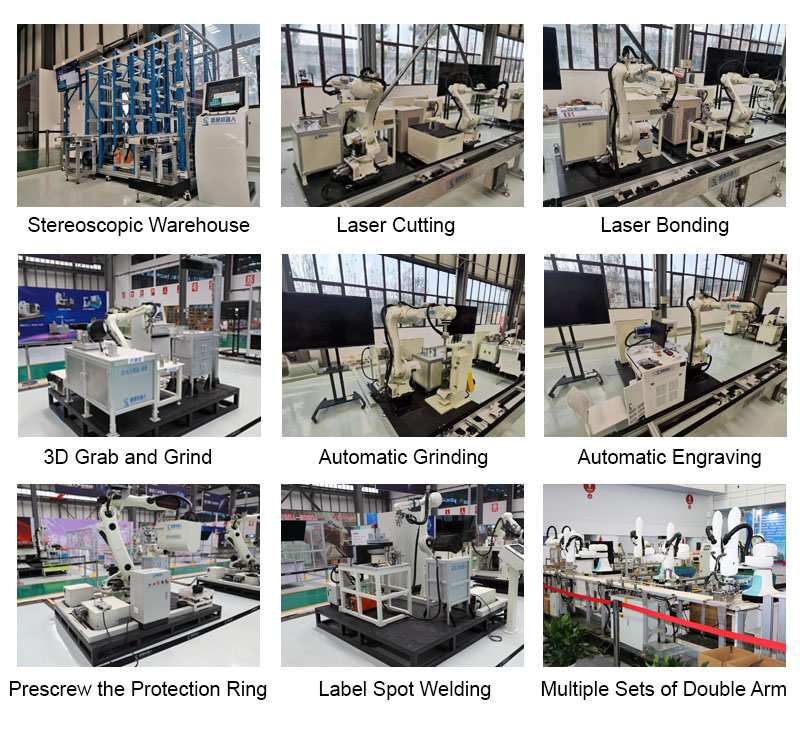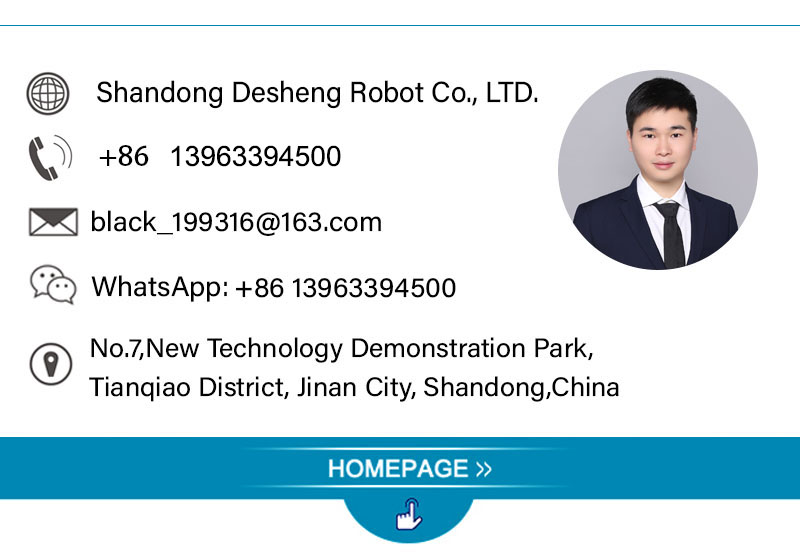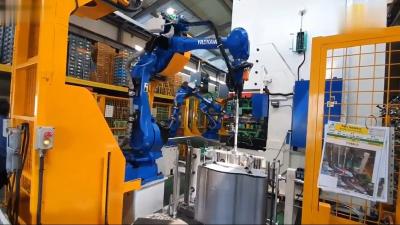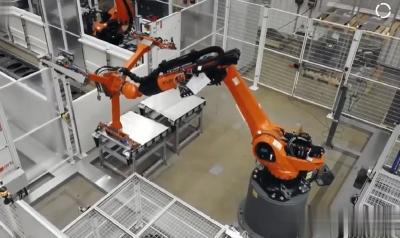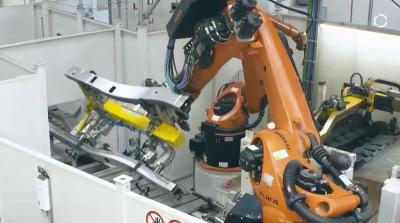Non Industrial Applications Of Robots
Advantages of Non Industrial Applications Of Robots:
1. Safety: Non-industrial robots can be utilized in various applications where human safety is a concern. For example, in search and rescue operations, robots can be sent into hazardous environments such as collapsed buildings or areas with high radiation levels, minimizing the risk to human lives.
2. Efficiency: Robots can perform repetitive tasks with high precision and speed, leading to increased efficiency in non-industrial applications. In healthcare, for instance, robots can assist in surgeries, reducing the chances of human error and enabling faster recovery times for patients.
3. Accessibility: Non-industrial robots can be designed to assist individuals with disabilities, improving their quality of life and providing them with greater independence. For instance, robotic exoskeletons can help people with mobility impairments to walk or perform daily activities that would otherwise be challenging or impossible.
Non Industrial Applications Of Robots:
Robots have become an integral part of our lives, not just in industrial settings but also in various other fields. One such example is the Mir Mobile Robot, which is designed to assist in healthcare facilities. It can transport medical supplies and equipment, reducing the workload of healthcare professionals and ensuring efficient delivery.
Another non-industrial application of robots is the DIY Scara Robot. This robot is popular among hobbyists and DIY enthusiasts who use it for various purposes, such as 3D printing, pick-and-place tasks, and even as a drawing machine. It provides an affordable and customizable option for those wanting to explore the world of robotics.
Additionally, the ABB Painting Robot is widely used in the automotive industry for painting vehicles. Its precision and efficiency ensure a flawless finish, saving time and resources. This robot eliminates the need for manual labor, reducing the risk of human error and improving overall productivity.
In conclusion, robots are not limited to industrial applications but are increasingly being utilized in various non-industrial sectors. From healthcare to DIY projects and automotive painting, robots continue to revolutionize different aspects of our lives.
PARAMETERS:
Model | DS-R6-08 | DS-R6-10 | DS-R6-20 | DS-R6-50 | DS-R6-165 | |
DOF | 6 | |||||
Driving Mode | AC Servo Driving | |||||
Effective Load | 8KG | 10KG | 20KG | 50KG | 165KG | |
RepeatAccuracy | ±0.05mm | |||||
Working radius | 1400mm | 1589mm | 1595mm | 1950mm | 2483mm | |
Weight | 180KG | 180KG | 290KG | 600KG | 1300KG | |
Motion | J1 | ±170 | ±170 | ±170 | ±180 | ±180 |
J2 | ±120~-85 | ±120~-80 | ±132~-95 | ±130~-90 | ±80~60 | |
J3 | ±85~-165 | ±85~-165 | ±73~-163 | ±75~-210 | ±80~-190 | |
J4 | ±180 | ±180 | ±180 | ±360 | ±360 | |
J5 | ±135 | ±135 | ±133 | ±115 | ±115 | |
J6 | ±360 | ±360 | ±360 | ±360 | ±360 | |
Max Speed(°/s) | J1 | 130 | 130 | 147 | 158 | 100 |
J2 | 130 | 130 | 100 | 149 | 90 | |
J3 | 130 | 130 | 135 | 130 | 104 | |
J4 | 270 | 270 | 300 | 215 | 144 | |
J5 | 170 | 170 | 198 | 251 | 160 | |
J6 | 455 | 455 | 194 | 365 | 215 | |
Power | 4KVA | 4KVA | 6KVA | 14KVA | 31KVA | |
Voltage | 380V or 220V | |||||
Frequency | 50Hz or 60Hz | |||||
DIMENSIONAL DRAWINGS:
ROBOT CONTROLSYSTEM:
APPLICATIONS:
1. Medical field: Robots are used in non-industrial applications such as surgery, rehabilitation, and patient care. Surgical robots assist doctors in performing precise and minimally invasive procedures, while rehabilitation robots help patients regain their mobility and strength. Additionally, robots can be used to provide companionship and support to elderly or disabled individuals.
2. Agriculture: Robots are increasingly being used in non-industrial agricultural applications, such as harvesting crops, planting seeds, and monitoring crop health. These robots can automate repetitive tasks, reduce labor costs, and improve efficiency in the agricultural sector.
3. Education and research: Robots are utilized in educational and research settings to enhance learning experiences and conduct experiments. They can be used as teaching aids to engage students in STEM subjects and programming. Additionally, robots are used in research laboratories to perform tasks that require precision and accuracy, such as handling delicate materials or conducting experiments in hazardous environments.
FEATURES:
1. Versatility: Non-industrial robots are designed to perform a wide range of tasks and adapt to different environments. They can be programmed to perform tasks such as cleaning, gardening, or assisting with household chores. This versatility allows them to be used in various non-industrial settings.
2. Safety: Non-industrial robots are designed with safety features to ensure the well-being of users. They often have sensors and algorithms that enable them to detect and avoid obstacles or collisions. This makes them suitable for use in home environments where they can interact with humans without posing a risk.
3. User-friendly interface: Non-industrial robots are often equipped with user-friendly interfaces that make them easy to operate and interact with. They may have touch screens, voice recognition, or mobile applications that allow users to control and program them. This user-friendly interface makes them accessible to a wide range of users, including those with limited technical skills.
OUR SERVICE:
PACKAGE AND SHIPPING:
CERTIFICATIONS:
COOPERRATION PARTNER:
EXHIBITION:
MORE PRODUCTS:
CONTACT US:


